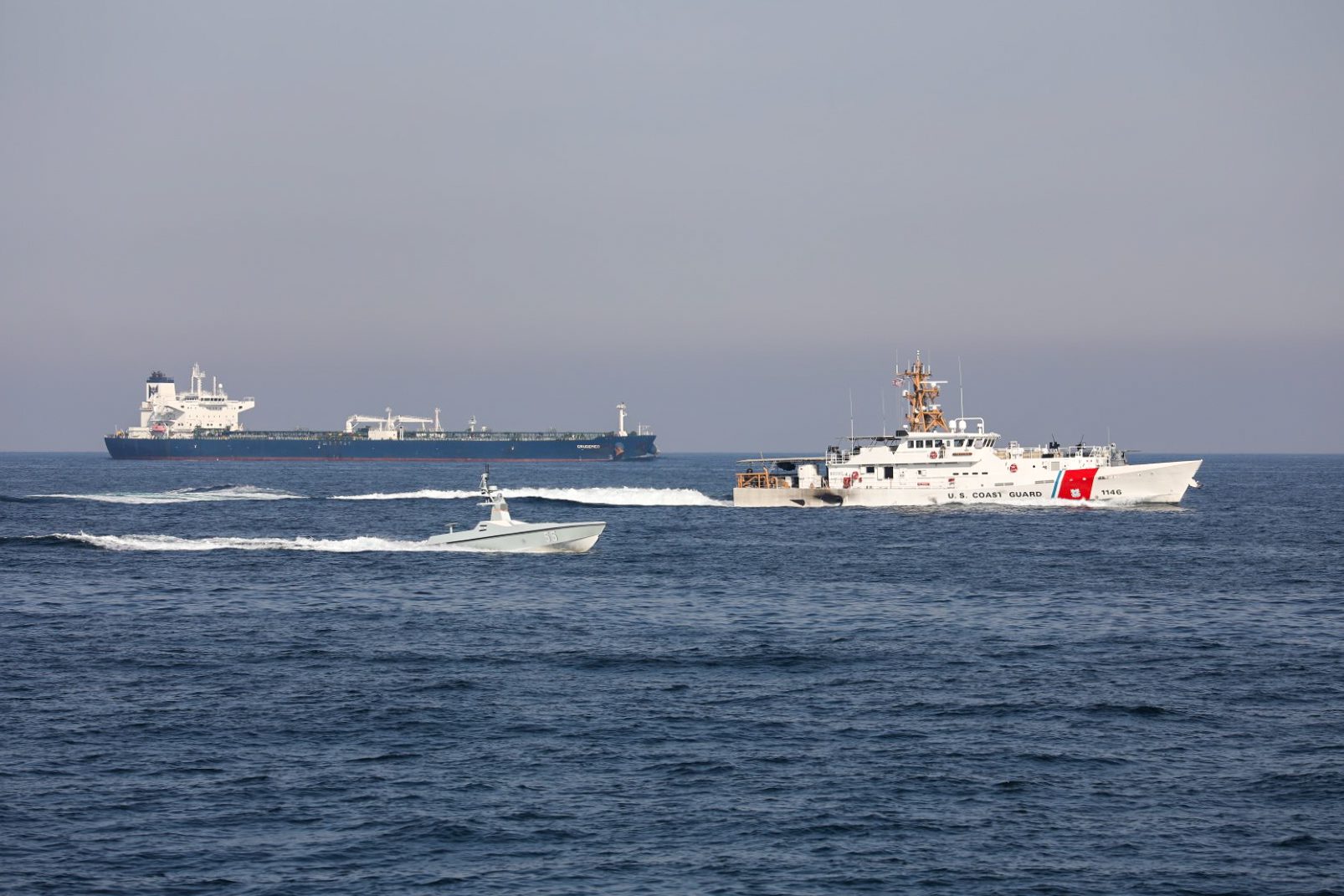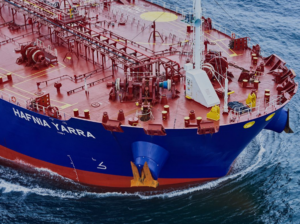The United States has announced plans to increase its presence in the Strait of Hormuz in response to a number of recent, alarming events in the Strait of Hormuz.
The Department of Defense announced Monday it will send the U.S. Navy destroyer, USS Thomas Hudner, along with additional fighter jets, including F-35 fighters and F-16 fighters to the U.S. Central Command area of responsibility, to defend U.S. interests and safeguard freedom of navigation in the region.
The move comes after the Iranian navy attempted to illegally seize two merchant vessels in the Strait of Hormuz and the Gulf of Oman, said Deputy Pentagon Press Secretary Sabrina Singh during a briefing.
“One attempt included an Iranian navy ship firing upon the merchant vessel,” Singh said. “In light of this continued threat and in coordination with our partners and allies, the department is increasing our presence and ability to monitor the strait and surrounding waters.”
The latest action comes after the Department of Defense said U.S. forces already in Centcom’s area of responsibility participated on July 5 in preventing two commercial tanker ships from being seized by the Iranian military in international waters near the coast of Oman.
One of those ships, the Marshall Islands-flagged oil tanker TRF Moss, was approached by an Iranian naval vessel, but that naval vessel departed after the arrival of the U.S. Navy guided-missile destroyer USS McFaul.
Later that same day, the Bahamian-flagged oil tanker Richmond Voyager was also approached by an Iranian naval vessel. That Iranian naval vessel got within one mile of the tanker and fired on it using small arms and crew-served weapons. As happened with the TRF Moss, the Iranian vessel departed when the USS McFaul arrived on the scene.
Singh urged Iran to stop actions that threaten the free flow of commerce through this strategic waterway, which supplies more than 1/5 of the world’s oil.
“We call upon Iran to immediately cease these destabilizing actions that threaten the free flow of commerce through this strategic waterway, of which the world depends on for more than 1/5 of the world’s oil supply,” Singh said.



